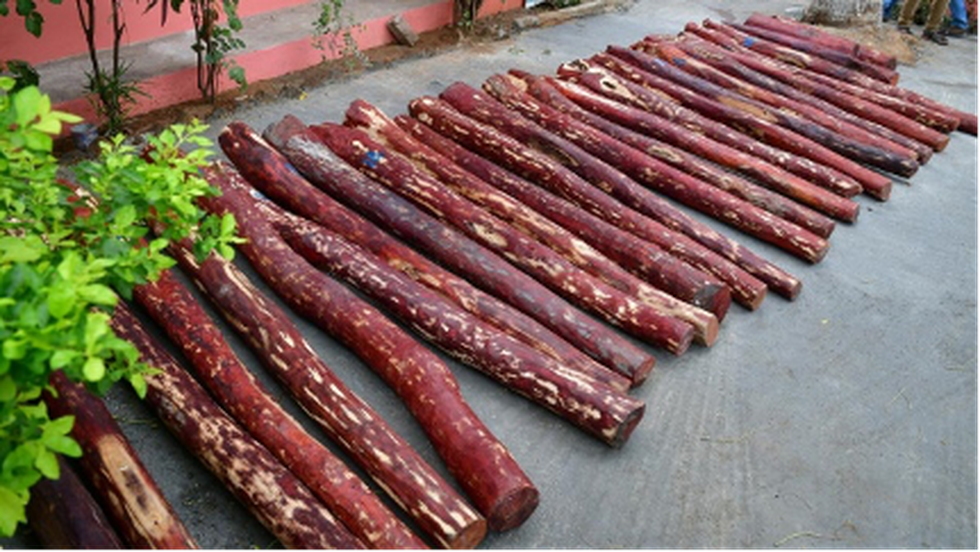What is Red Sanders?
- It is a flora species that are endemic to a distinct tract of forests in the Eastern Ghats region of Andhra Pradesh.
- Geographical conditions required: It usually grows in rocky, degraded and fallow lands with Red Soil and a hot and dry climate.
- Protection Status:
- IUCN Red List: Endangered
- CITES: Appendix II
- Wildlife (Protection) Act 1972: Schedule IV
Key facts about the CITES
- It is an international agreement to which States and regional economic integration organizations adhere voluntarily.
- It was drafted as a result of a resolution adopted in 1963 at a meeting of members of IUCN (The World Conservation Union). It entered into force in July 1975.
- It aims to ensure that international trade in specimens of wild animals and plants does not threaten the survival of the species.
- Although CITES is legally binding on the Parties – in other words they have to implement the Convention – it does not take the place of national laws.
- The CITES Secretariat is administered by UNEP and is located in Geneva, Switzerland. The Conference of the Parties to CITES is the supreme decision-making body of the Convention and comprises all its parties.
